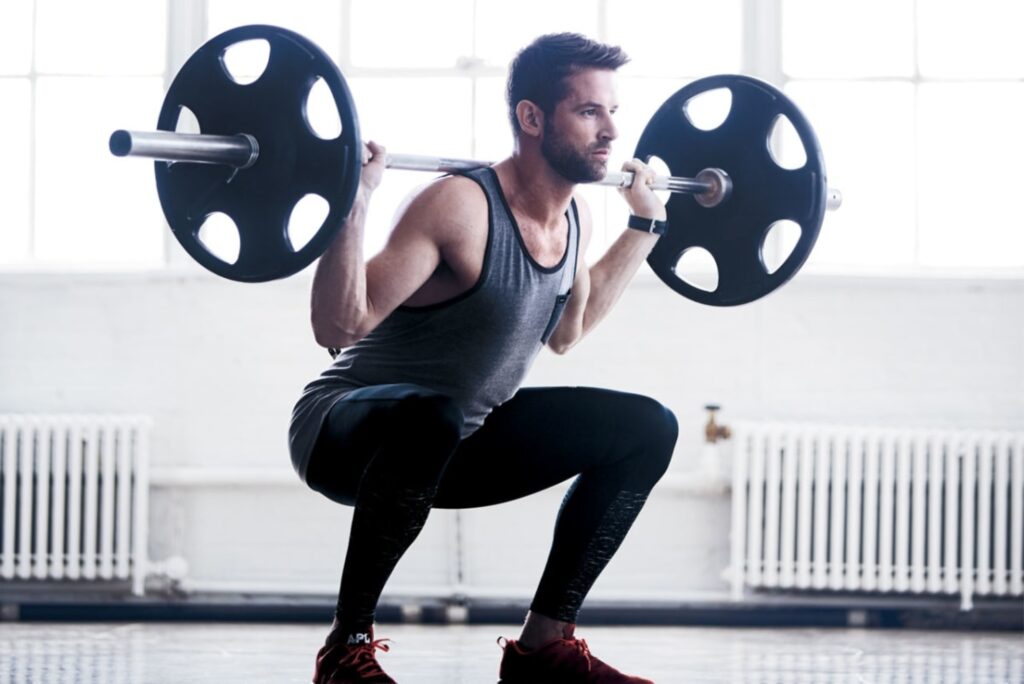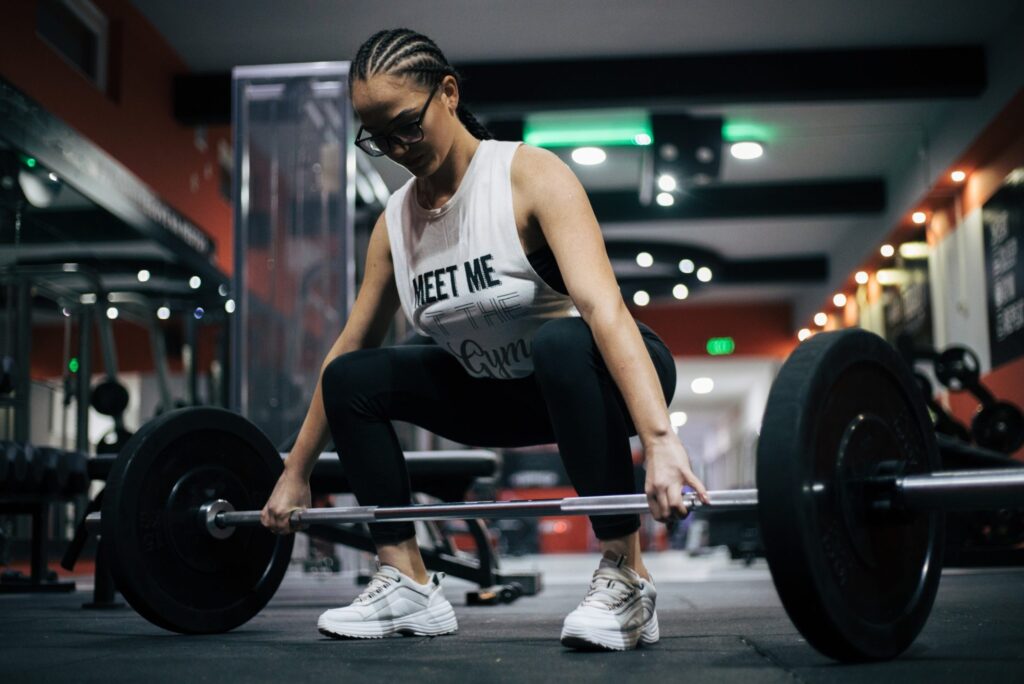How to Lift More Weight in Gym
Lifting more weight in the gym isn’t just about brute strength; it’s about understanding your body, proper technique, and smart training methods. Here’s a comprehensive guide to help you maximize your lifting potential.
Understanding Your Body
Before you aim to lift heavier, understand your body’s capabilities and limitations. Assess your current strength levels, identify weak areas, and set realistic goals. Consult a fitness trainer if needed to create a tailored plan.
Perfecting Technique
Technique is paramount in lifting heavier weights safely and effectively. Focus on proper form to prevent injuries and target muscles efficiently. Gym Start with lighter weights to master the correct technique before progressing to heavier loads.

Progressive Overload
Progressive overload is the cornerstone of strength training. Gradually increase the weight you lift over time to challenge your muscles and stimulate growth. However, ensure progression is gradual to avoid overexertion.
Balanced Workout Routine
A well-rounded workout routine is essential for overall strength development. Incorporate compound exercises like squats, deadlifts, and bench presses along with isolation exercises to target specific muscle groups.
Optimal Nutrition
Nutrition plays a vital role in strength gains. Fuel your body with a balanced diet rich in protein, carbohydrates, and healthy fats. Stay hydrated and consider supplements like creatine to enhance performance.
Adequate Rest and Recovery
Muscles need time to repair and grow stronger after intense workouts. Prioritize rest and recovery by getting enough sleep, managing stress levels, and incorporating active recovery days into your routine.
Lifting more weight in the gym requires dedication, patience, and a strategic approach. By understanding your body, perfecting technique, and following a well-rounded training program, you can achieve significant strength gains and elevate your fitness journey.

Gym Clothes for Men
When it comes to gym attire for men, comfort, functionality, and style are key. Opt for moisture-wicking fabrics that keep you dry and comfortable during intense workouts. Choose breathable tops and shorts or sweatpants that allow for unrestricted movement. Gym Clothes for Men Invest in supportive and cushioned athletic shoes to protect your feet and enhance performance. Don’t forget accessories like sweat-wicking socks and a durable gym bag to carry your essentials. Ultimately, prioritize comfort and performance to make the most of your gym sessions.
Sunil Medical Clinic
Sunil Medical Clinic is a trusted healthcare provider dedicated to delivering comprehensive medical services to patients. With a team of experienced doctors and state-of-the-art facilities, we offer personalized care and treatment for various medical conditions. From preventive care and wellness exams to specialized treatments, we strive to promote the health and well-being of our patients. Visit Sunil Medical Clinic for compassionate and quality healthcare services you can rely on.










